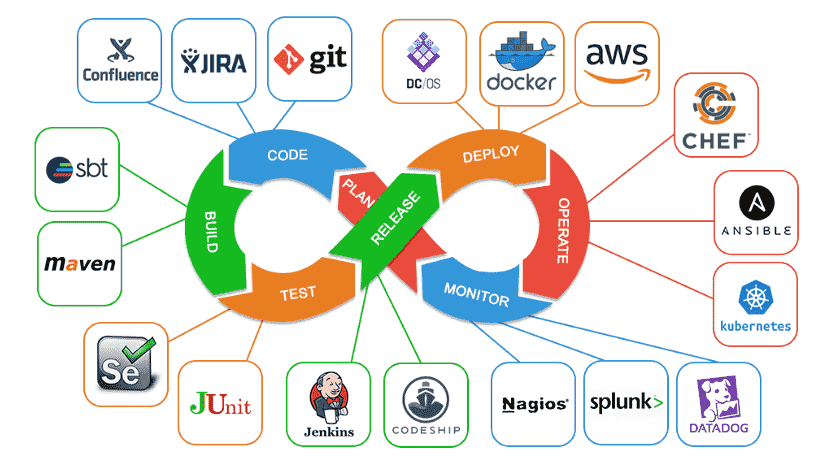The Crucial Role of CI/CD in Software Development
In the ever-evolving world of software development, Continuous Integration and Continuous Deployment (CI/CD) has become an indispensable practice. CI/CD is not just a set of tools or processes; it’s a culture and philosophy that accelerates the software development lifecycle while enhancing the quality and reliability of applications. In this article, we’ll explore the importance of CI/CD in software development and highlight the benefits of open source and containerization within this context.
The Essence of CI/CD
Continuous Integration (CI)
CI is the practice of frequently integrating code changes into a shared repository, allowing teams to detect and fix integration issues early. This process ensures that all code changes are automatically built, tested, and verified. CI pipelines often include automated testing, code reviews, and integration with version control systems, enabling developers to catch and address bugs before they become problematic.
Continuous Deployment (CD)
CD extends the CI process by automating the deployment of application changes to production or staging environments. It streamlines the release process, reducing manual interventions and potential human errors. With CD, software is consistently and safely delivered to end-users, ensuring a seamless and predictable release cycle.
The Importance of CI/CD
-
Faster Development: CI/CD accelerates the development process by automating time-consuming tasks, reducing bottlenecks, and providing rapid feedback to developers. This speed is essential in a competitive market where fast delivery is a key differentiator.
-
Enhanced Quality: By integrating automated testing into the CI pipeline, teams can identify and rectify issues early, resulting in more stable and reliable software. This, in turn, minimizes the need for costly bug fixes after deployment.
-
Collaboration: CI/CD encourages collaboration among development, testing, and operations teams. It promotes a shared responsibility for the entire software lifecycle and fosters a culture of continuous improvement.
-
Reduced Risk: CD ensures consistent and repeatable deployments. This minimizes the risk associated with manual deployments and reduces the chances of configuration drift, ultimately leading to a more robust and secure application.
-
Feedback Loop: CI/CD provides rapid feedback, enabling developers to assess the impact of their changes and make necessary adjustments. This iterative process leads to better software quality and user satisfaction.
Leveraging Open Source
Open source software plays a vital role in CI/CD for the following reasons:
-
Cost-Effective: Open source CI/CD tools and platforms are often free, making it easier for organizations to adopt and scale their CI/CD practices without incurring significant expenses.
-
Community Support: Open source projects benefit from a vast and active community of contributors. This results in rapid updates, bug fixes, and an abundance of resources, ensuring the stability and longevity of CI/CD tools.
-
Customization: Open source tools are highly customizable, allowing organizations to tailor their CI/CD pipelines to suit their specific needs. This flexibility is invaluable in complex software development scenarios.
-
Integration: Many open source CI/CD tools seamlessly integrate with popular version control systems, issue tracking platforms, and containerization technologies, facilitating a smoother development workflow.
The Role of Containerization
Containerization, using technologies like Docker and Kubernetes, complements CI/CD in the following ways:
-
Isolation: Containers isolate applications and their dependencies, ensuring that they run consistently across different environments. This consistency is vital in CD, where deployment targets can vary.
-
Scalability: Containers are easily scalable, making them well-suited for microservices architectures and dynamic scaling requirements. This elasticity is crucial in modern, cloud-native applications.
-
Portability: Containers can run on any system that supports containerization, regardless of the underlying infrastructure. This portability simplifies the deployment process and reduces compatibility issues.
-
Orchestration: Kubernetes, a popular container orchestration platform, simplifies the management and scaling of containerized applications, enhancing the CD process by automating deployment, scaling, and load balancing.
In conclusion, CI/CD is a fundamental practice that empowers software development teams to build, test, and deliver high-quality software faster and more efficiently. Embracing open source tools and containerization further enriches the CI/CD pipeline, making it more cost-effective, flexible, and reliable. As the software development landscape continues to evolve, CI/CD, open source, and containerization will remain at the forefront of innovation and progress.
Give CI/CD a try and witness the transformation it can bring to your software development process. The benefits of adopting these practices are clear, and they can be a game-changer in your journey towards developing exceptional software.
